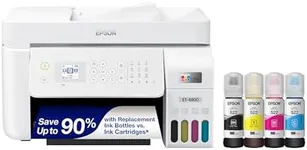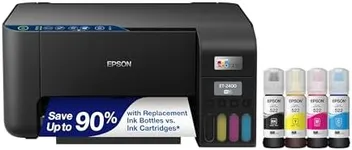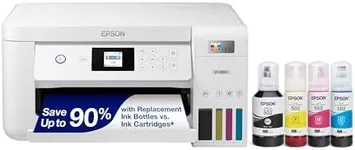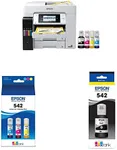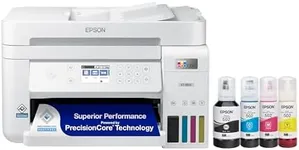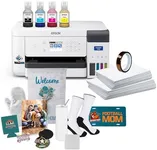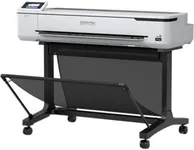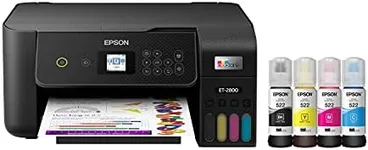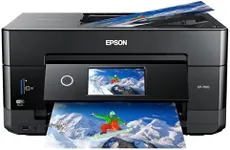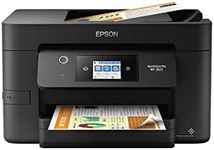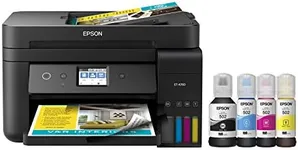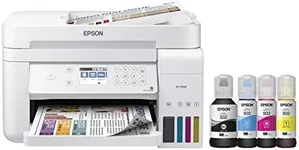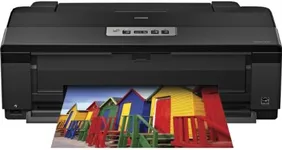Buying Guide for the Best Epson Home Printers
When choosing an Epson home printer, it's important to consider your specific needs and how you plan to use the printer. Whether you need it for occasional document printing, photo printing, or more frequent use, understanding the key specifications will help you make an informed decision. Here are some key specs to consider and how to navigate them to find the best fit for you.Print Quality (Resolution)Print quality, measured in dots per inch (DPI), determines how sharp and detailed your printed documents and photos will be. Higher DPI values mean better print quality. For general document printing, a resolution of 600 x 600 DPI is usually sufficient. If you plan to print high-quality photos or detailed graphics, look for a printer with a resolution of 1200 x 1200 DPI or higher. Consider your primary use: for text documents, a lower DPI is fine, but for photos and graphics, opt for a higher DPI.
Print SpeedPrint speed, measured in pages per minute (PPM), indicates how quickly a printer can produce documents. This is important if you need to print large volumes of documents regularly. For occasional home use, a print speed of 10-15 PPM is usually adequate. If you frequently print large documents or need faster output, look for a printer with a speed of 20 PPM or higher. Assess your typical printing volume to determine the right speed for you.
Connectivity OptionsConnectivity options determine how you can connect your printer to your devices. Common options include USB, Wi-Fi, and Ethernet. Wi-Fi connectivity is particularly useful for home printers as it allows for wireless printing from multiple devices, including smartphones and tablets. If you have a home office setup, Ethernet might be beneficial for a stable connection. Consider your home network setup and how you prefer to connect your devices to choose the right connectivity options.
Ink Type and CostEpson printers use different types of ink, such as dye-based or pigment-based. Dye-based inks are generally better for photo printing due to their vibrant colors, while pigment-based inks are more durable and better for text documents. Additionally, consider the cost of replacement ink cartridges and the printer's ink efficiency. If you print frequently, look for printers with high-yield cartridges or EcoTank models that offer lower long-term ink costs. Match the ink type to your primary printing needs and budget for ongoing ink expenses.
Paper HandlingPaper handling refers to the types and sizes of paper a printer can accommodate, as well as its paper tray capacity. If you print a variety of documents, including envelopes, labels, or photo paper, ensure the printer supports these media types. A larger paper tray capacity is useful if you print in high volumes, as it reduces the need for frequent refilling. For general home use, a standard tray capacity of 100-150 sheets is usually sufficient. Consider the types of documents you print and how often you print to determine the right paper handling features.
Additional FeaturesAdditional features such as scanning, copying, and faxing can add versatility to your home printer. An all-in-one printer that includes these functions can save space and be more convenient if you need these capabilities. Other useful features might include duplex printing (automatic double-sided printing), an automatic document feeder (ADF), and touchscreen controls. Think about which additional features would be beneficial for your home use and choose a printer that offers those functionalities.
